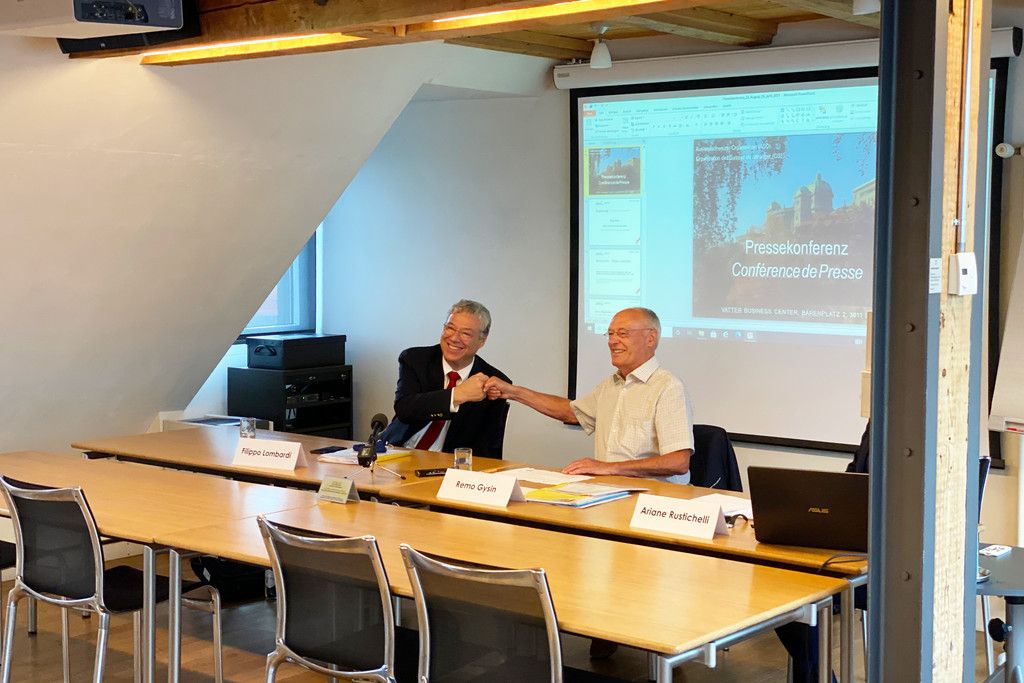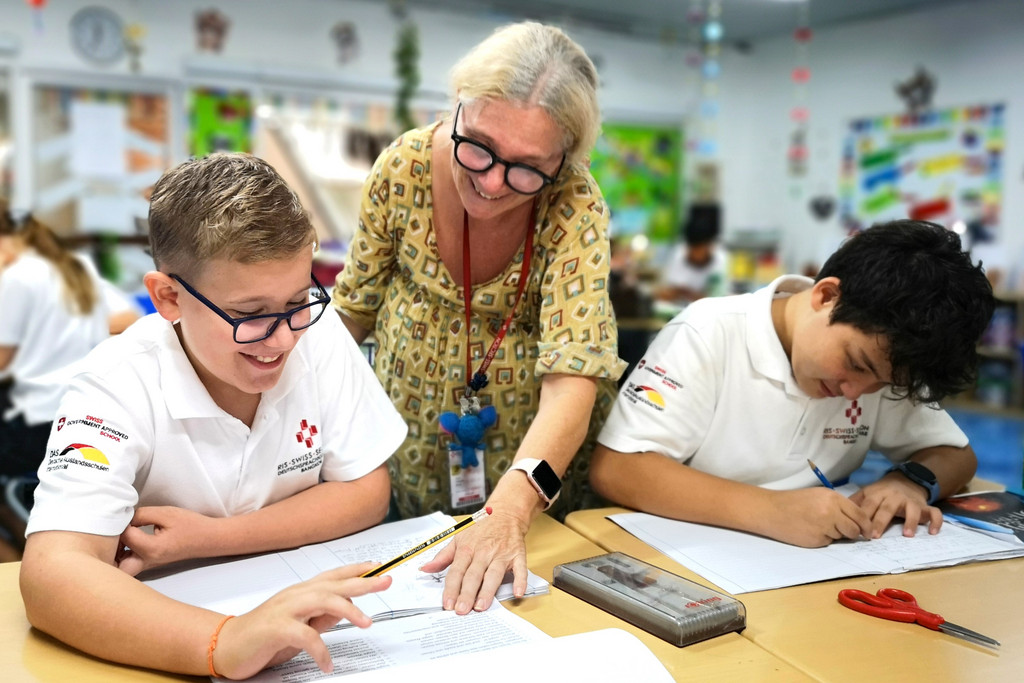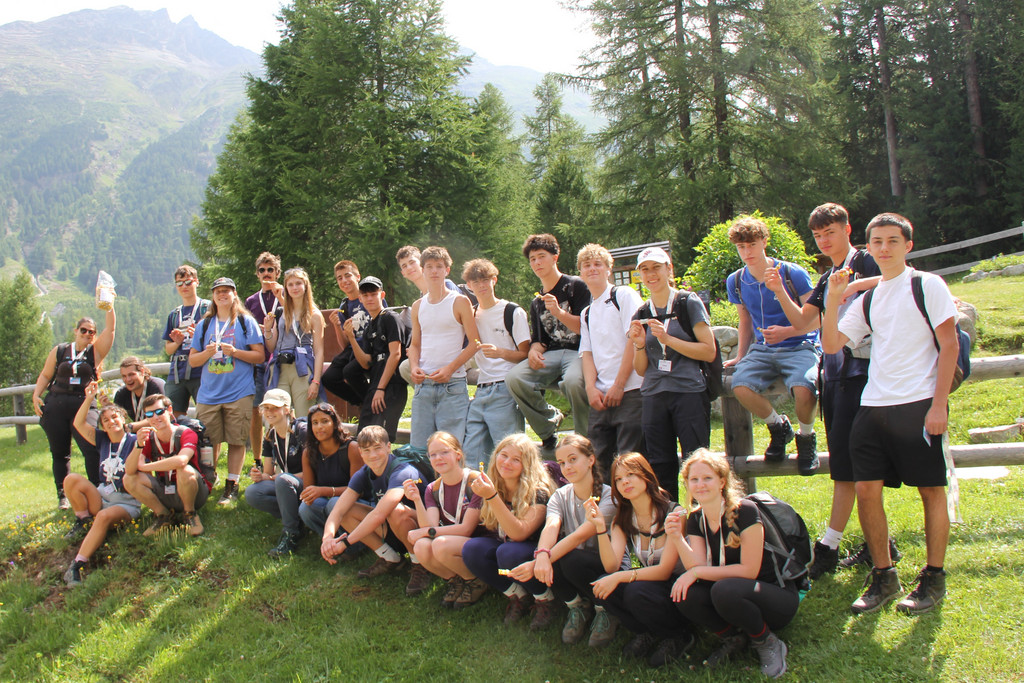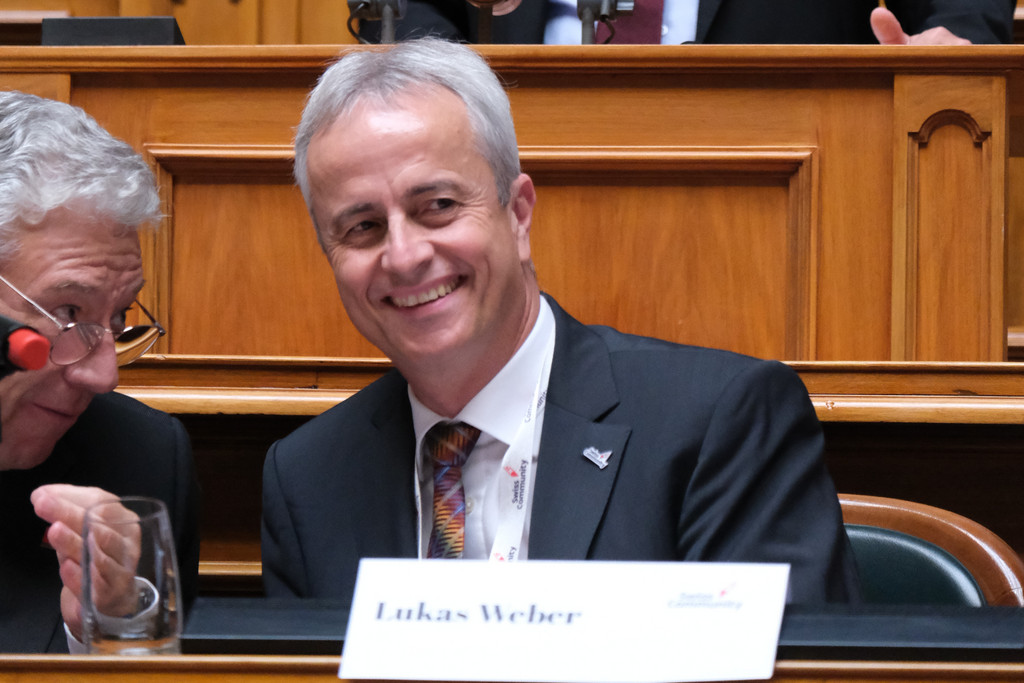Can any initial lessons be learned with a view to the next CSA elections in 2029? “The voting system worked smoothly, offering a suitable, inexpensive solution for even greater voter participation in 2029,” says the “Direct elections” working group. According to Frei and Feller, the election clearly showed how crucially important working with the FDFA is in mobilising voters. But the Swiss associations and regional organisations could play an even bigger part in helping to publicise candidates standing for election, because voter participation still has upward potential.
Voter turnout is now being looked at more closely. It was over seven per cent in more than half of the electoral constituencies. This is quite low, you would think. But OSA Executive Board member Franz Muheim (Edinburgh, UK) begs to differ: “Voter turnout surpassed that of the 2023 National Council elections in numerous countries. I would call this a success.”
Fellow Executive Board member Carmen Trochsler (Adelaide, Australia) notes that voter turnout was a mere 0.1 per cent when voting was still an indirect process organised by the local associations. The increase to around seven per cent thanks to e-voting is, in her words, a “quantum leap” (see also www.revue.link/oceania).
“Every pilot is always an important step in the right direction, if successful,” Frei and Feller conclude. Both even see potential for the technology to be used in federal votes. They believe that the success of the pilot may actually increase the chances of a reliable e-voting system being rolled out for national plebiscites in the near future.
The newly elected delegates – including those from constituencies in which e-voting has yet to be introduced – will meet at the first CSA meeting on 22/23 August 2025 in Berne.
You can find the election results from your region in the regional edition to this issue.



![[Translate to English:]](/fileadmin/_processed_/b/5/csm_online_2502_Abstimmung_Bundeshaus_Winter_b8d1f6a598.jpg)











Comments
Comments :
Seit über 30 Jahren lebe ich im Ausland, abwechselnd in Deutschland und in den Niederlanden. Als Auslandschweizer mache ich fast immer bei den eidgenössischen Wahlen und Abstimmungen mit. Dabei schätze ich die gute sachliche Information, die mir jedes Mal zur Verfügung gestellt wird. Anders war es bei den Wahlen in den ASR. Viel zu wenig war über die Kandidatinnen und Kandidaten bekannt. Wer sind sie? Was sind ihre Anliegen? Wofür haben sie sich bisher engagiert? Die Texte waren viel zu kurz, und nur aufgrund von netten Fotos wähle ich niemand. Darum konnte ich diesmal nicht mitmachen.